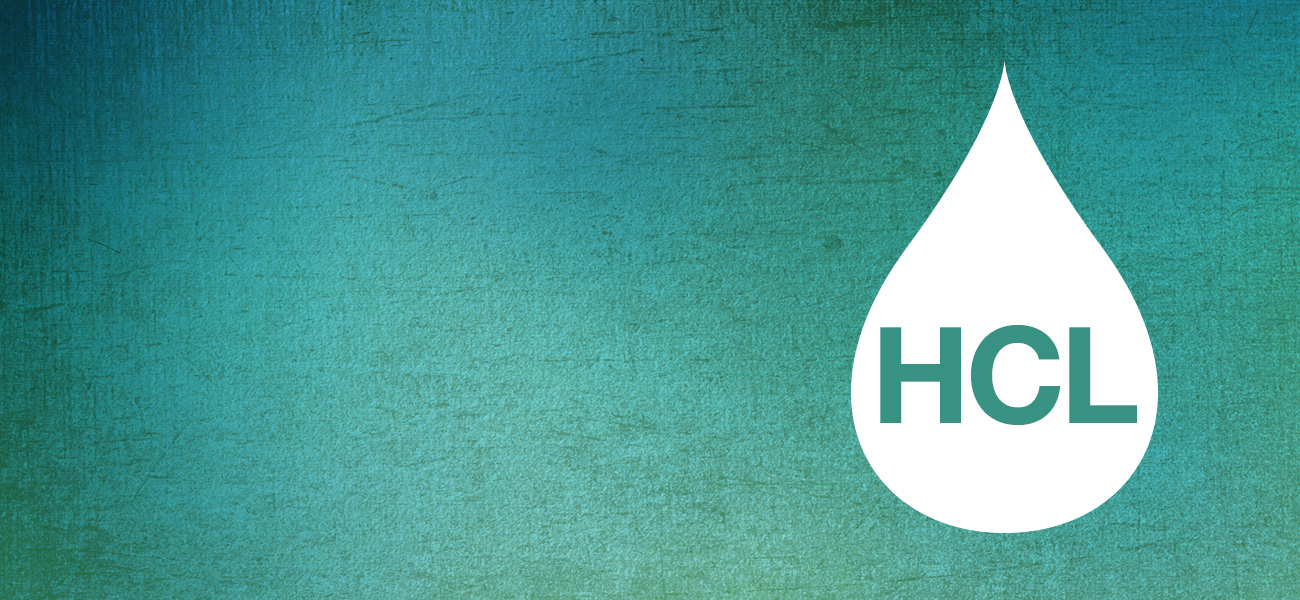Cancer therapy for hairy cell leukemia can sometimes produce side effects. For most patients, treatment side effects are temporary and go away once therapy ends. For other patients, side effects can be more severe, sometimes requiring hospitalization.
Before you undergo treatment, talk with your doctor about potential side effects. Drugs and other therapies can prevent or manage many side effects.
Common Side Effects
Chemotherapy drugs are the main culprits when it comes to causing unwanted side effects. These drugs can kill cancer cells, but they damage normal cells, too. The lining of the mouth, throat, stomach and intestines are particularly vulnerable to damage.
The side effects you may experience depend on:
- The intensity of chemotherapy
- The drugs used during therapy
- Your overall health and whether you have any chronic health conditions like diabetes or kidney disease
About half of all patients treated with the chemotherapy drug cladribine (Leustatin®) get fevers of about 100° F during or immediately after treatment. The fevers aren't associated with infection; they're caused by a drop in hairy cells in the body. The fevers usually go away in three to 10 days.
Patients may also feel tired during the first few weeks of treatment because of low blood cell counts. But eventually the levels improve and often return to normal.
The following side effects are also common. Click here to read more about these side effects.
- Infections
- Hair loss
- Nausea and vomiting
- Diarrhea
- Constipation
- Mouth sores
- Aches and pains
- Low blood pressure
- Low levels of red cells, white cells and platelets in the blood
- Anemia (caused by a low red cell count)
- Graft vs. host disease (if you've undergone allogeneic stem cell transplantation)
Long-Term and Late Effects
For some patients, side effects may last well after treatment is finished. To read more about lingering side effects, click here.
Related Links
- Download or order The Leukemia & Lymphoma Society's free factsheet Hairy Cell Leukemia
- Managing Side Effects
- Integrative Medicine and Complementary and Alternative Therapies
- Download lists of questions to ask your doctor
